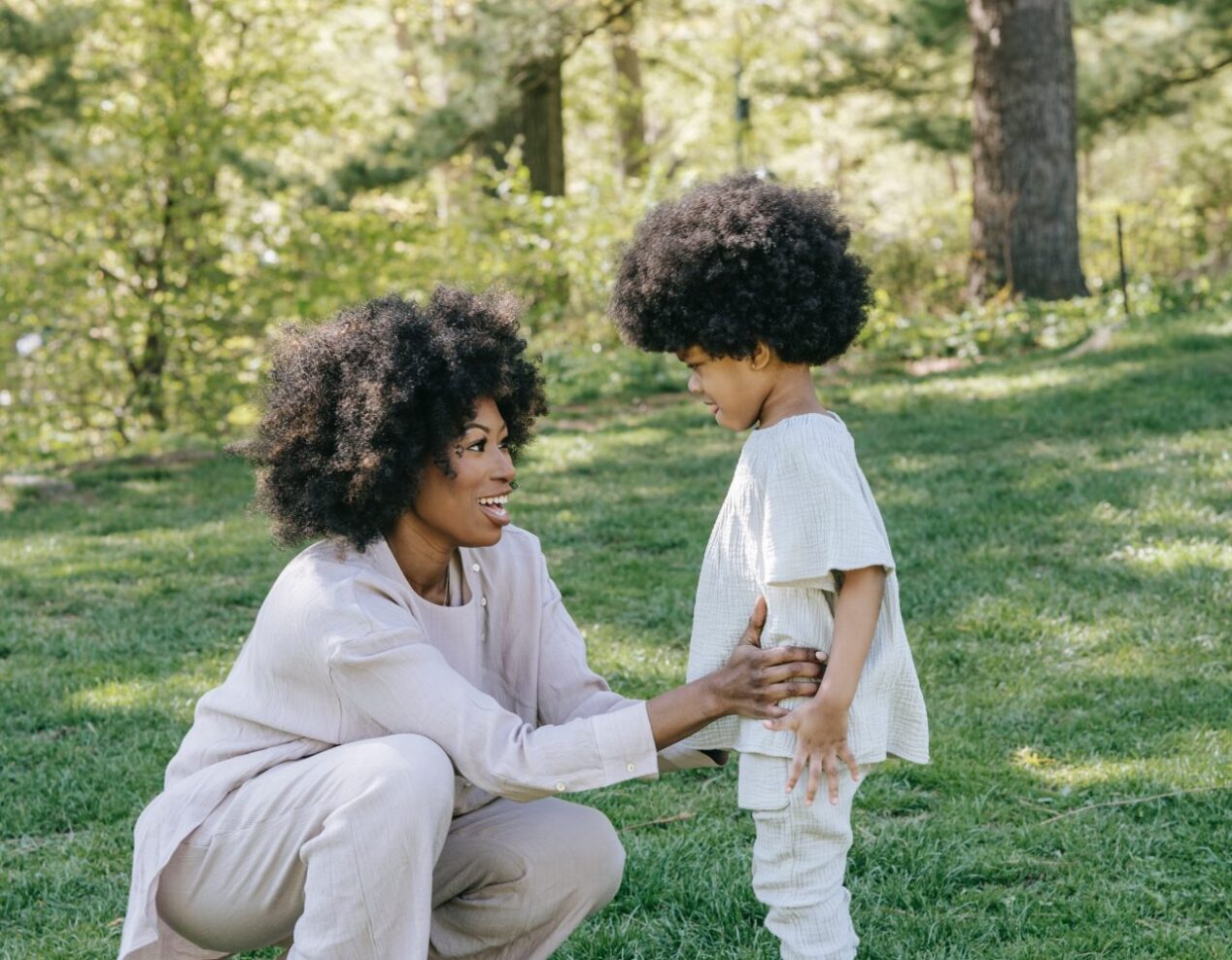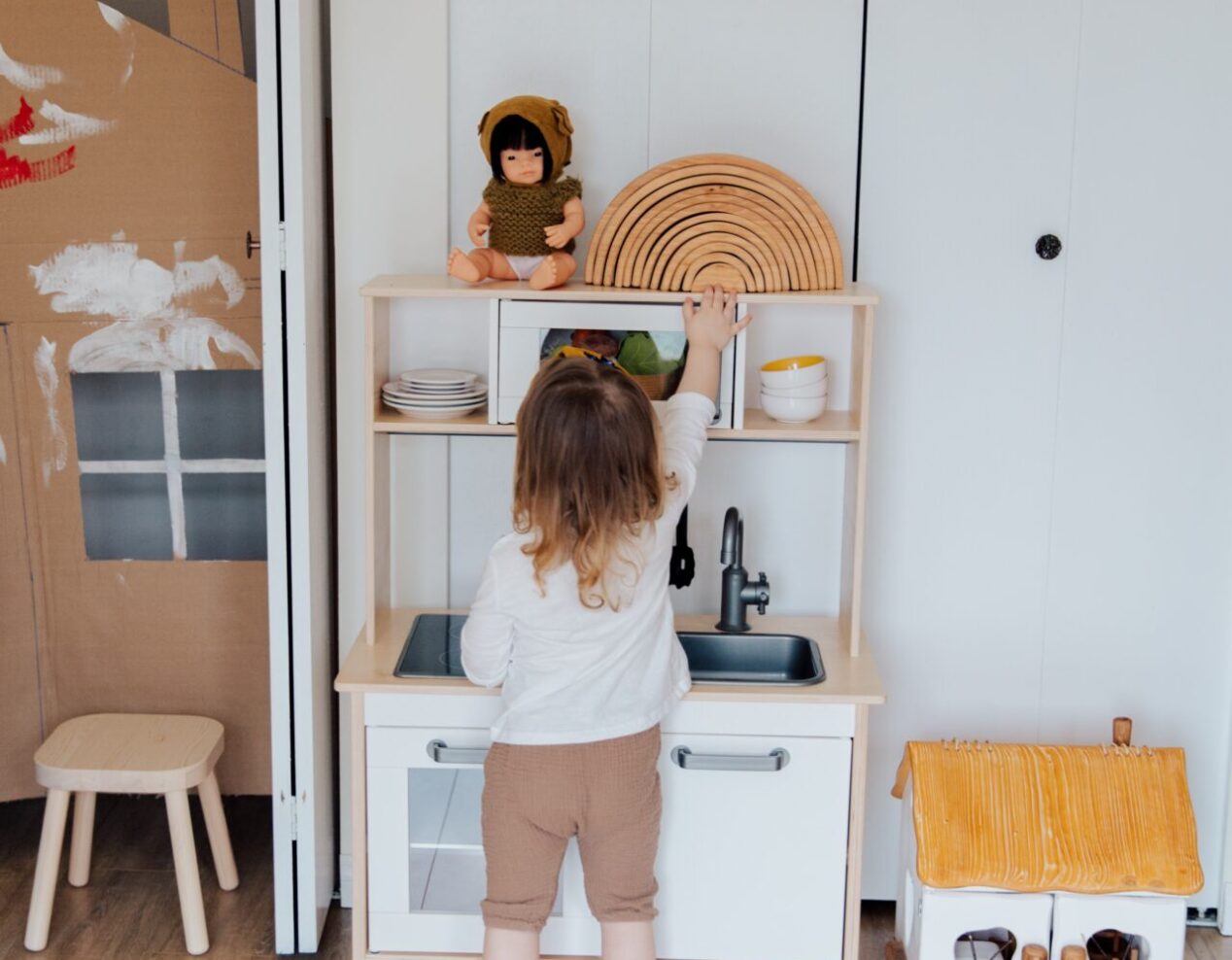Exploring the world: bat, hold, taste, learn

In the early months of life, babies experience the world around them passively, soaking up sights and sounds. However, as the months roll by, their interaction with the world shifts from passive to active, marking a significant milestone in their development. As their hands open and start to move, they’ll begin to understand their ability to influence the things around them. Initially, they’ll start swatting at objects, but over time, they’ll reach out, grab, and explore objects using their mouths. This might seem like simple play, but it’s actually a critical step in developing hand-eye coordination.
The journey of your baby’s exploration through reaching, holding, batting, and mouthing looks something like this:
- Hand opening: Around the 2 ½ to 3 ½-month mark, a baby’s clenched hands will start to open up. If your little one’s hands are mostly in fists, try these activities to stimulate them:
- Gently stroke the back of their hands, which may prompt them to open their fists.
- Carefully uncurl their fingers and thumb.
- Tap their hands together, or tap your hand against theirs.
- Allow them to touch and pat your face.
- Instinctive holding: Until about four months, when an object is placed in your baby’s hand, they’ll instinctively clasp it. By frequently stimulating this reflex, you’ll be aiding their ability to voluntarily open and close their hands. Here’s what you can do:
- Stroke the back of your baby’s hands to help them open up.
- Put a ring in their hands and watch as they instinctively clasp it.
- Support their hold on the ring by gently placing your hand over their tiny fist.
- Attempting to reach: Between 2 ½ and 4 ½ months, your baby will start to reach for objects without the ability to actually hold them yet. This phase can be encouraged by providing opportunities to bat at safe, hanging toys. Try the following:
- Lay your baby on their back and align their chest with a dangling toy.
- Around 1 to 3 months, babies will start to wave their arms when they see a toy. Observe if their hands and arms accidentally make contact with the toy. If not, you might help by moving their arms to demonstrate what can happen.
- Holding and mouthing: Around 4 to 5 months, your baby might start to reach for an object with both hands and hold it momentarily. Once they can grip things, they’ll be eager to explore them with their mouths. As they grow, they’ll practice with increasingly smaller objects to improve their hold.



